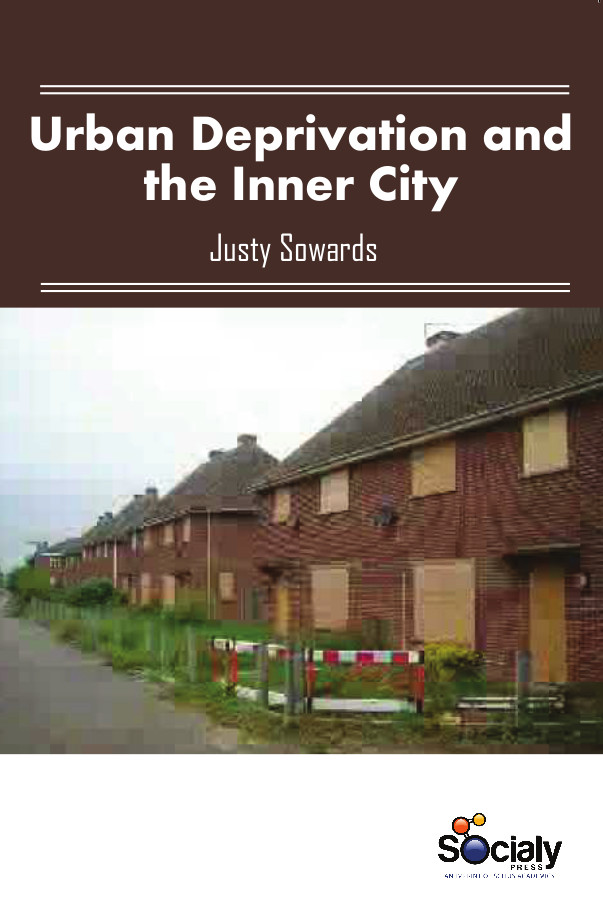Urban decline is the deterioration of the inner city often caused by lack of investment and maintenance. Urban deprivation is a standard of leaving below that of the majority in a particular society that involves hardships and lack of access to resources. Urban decay has no single cause; it results from combinations of inter-related socio-economic conditions—including the city’s urban planning decisions, tight rent control, the poverty of the local populace, the construction of freeway roads and rail road lines that bypass the area, depopulation by suburbanization of peripheral lands, real estate neighborhood redlining, and immigration restrictions. Places suffering from urban deprivation have visible differences in housing and economic opportunities been the rich living alongside poor people. The inner city areas of many Global cities have an image of decay with poverty, pollution, crime, overcrowding, poor housing conditions and unemployment. Such problems are more prevalent in inner-city areas than in other areas of the city. Deprivation has been caused by old industries closing down and increasing the unemployment levels which are not tackled due to the old workers not being skilled enough to work in these new factories or line of jobs.
This Book, Urban Deprivation and the Inner City, provides an interpretation of inner city problems by examining the processes which fashion them. It presents the studies, which looks at the historical growth and decline of present-day cities. Contributors draw on the efficacy of government policy and the major attempts to pull together the policy implications of their analyses, with many critical of government inner city strategies.













